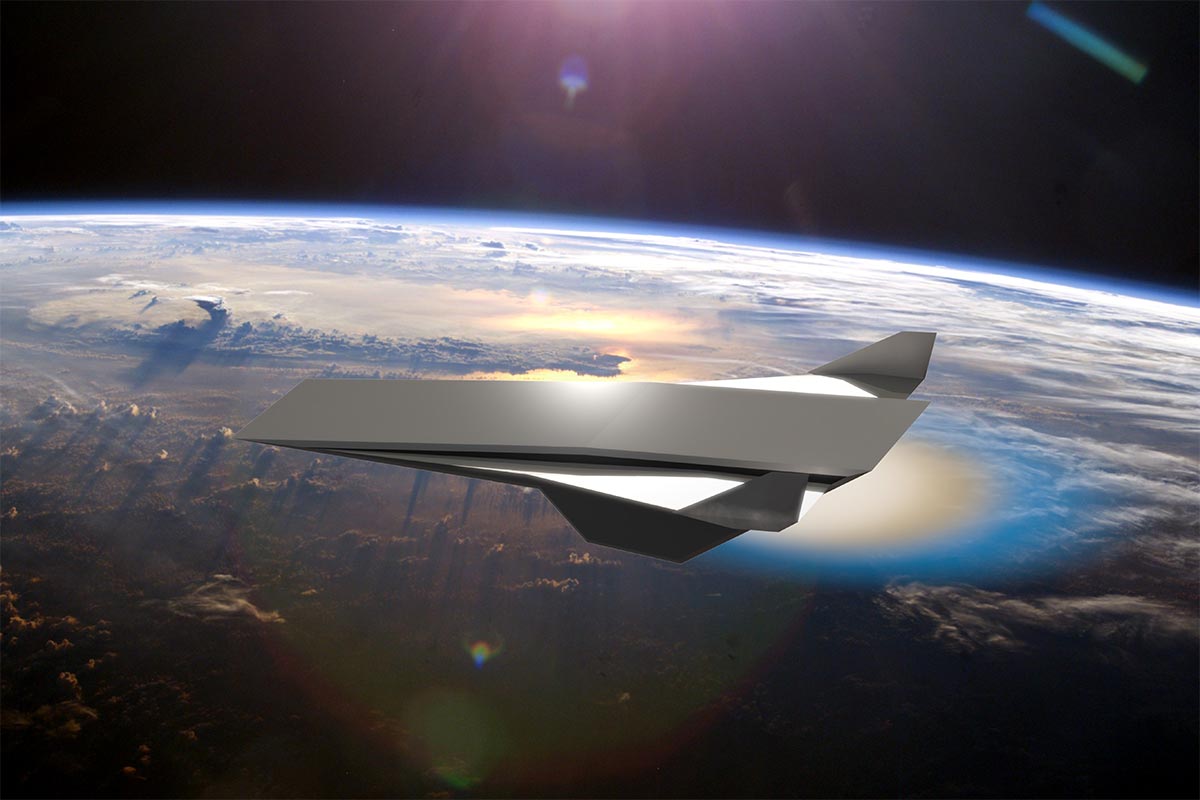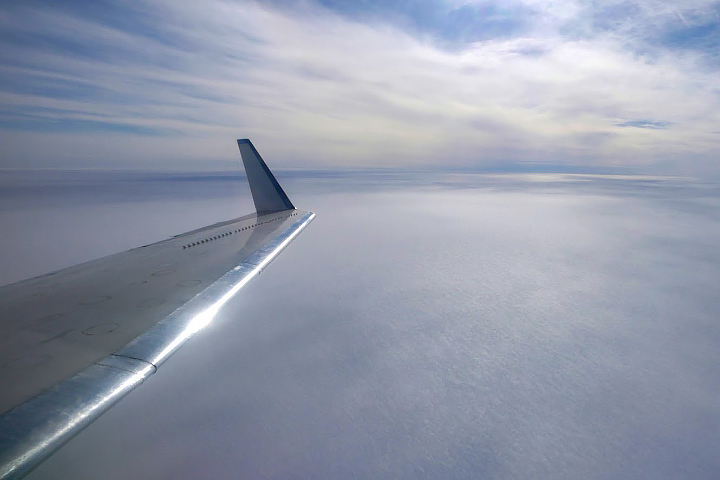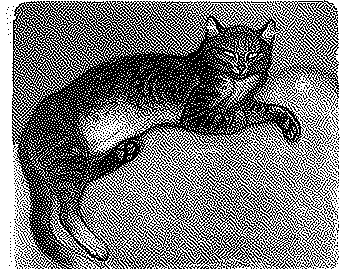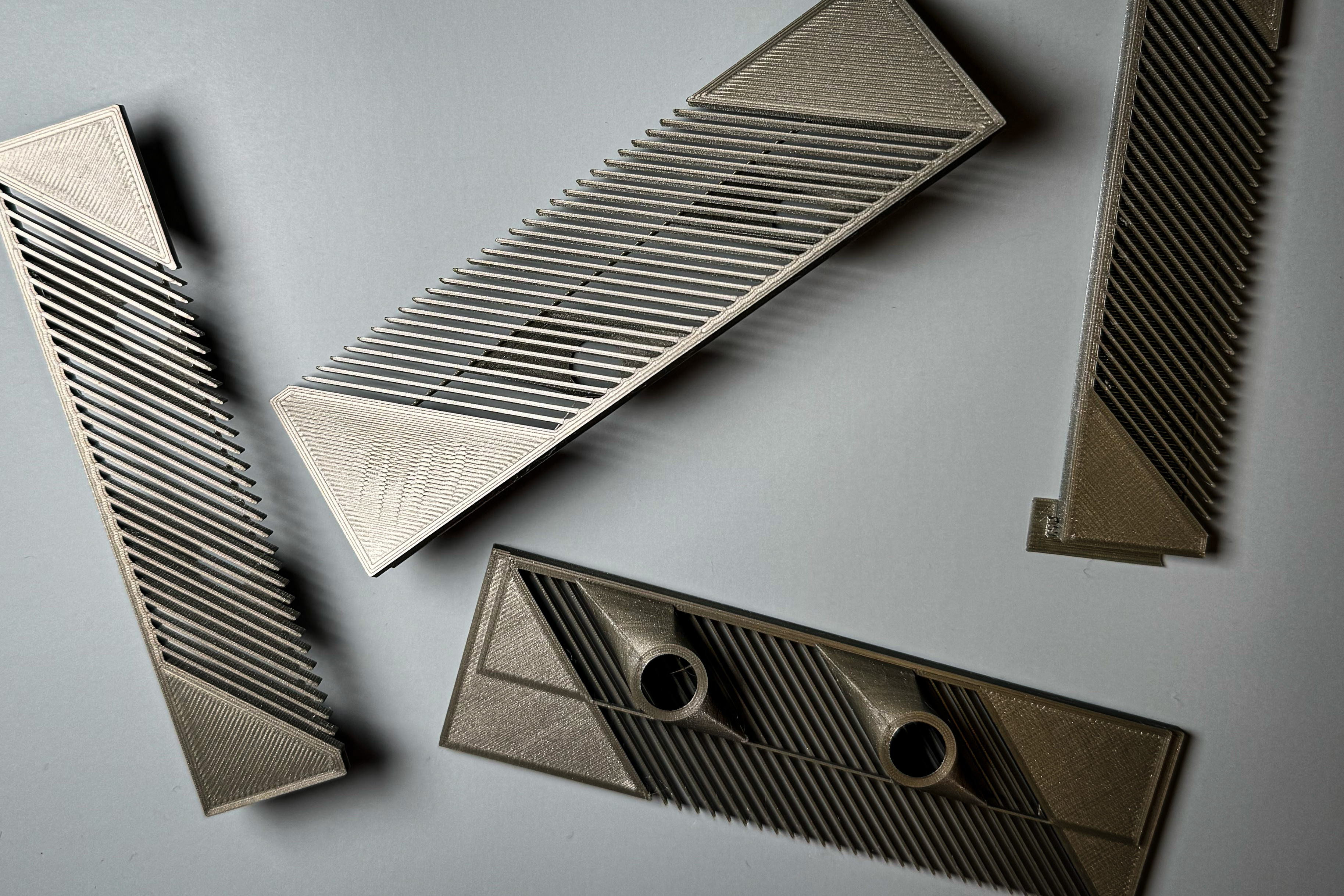
Research Provides Complex Answers To The Effects Of Aircraft Contrails
Efforts to understand and mitigate aviation’s non-CO2 emission effects have focused on contrails, one of the most visible signs of aviation’s impact on the Earth’s atmosphere.
Contrails form through the mixing of warm, moist engine exhaust with the surrounding colder air to form ice crystals. In ice-supersaturated regions of the atmosphere, these crystals grow, and the contrail can persist and spread out to produce aircraft-induced cirrus cloud.
During the day, the thin layer of cirrus reflects sunlight and cools the Earth. But at night, the cloud traps heat trying to escape into space and warms the planet. Overall, this imbalance, or “radiative forcing,” caused by contrails is considered to have a warming effect on climate.
It is difficult to compare the climate effect of CO2, which stays in the atmosphere for thousands of years, with that of contrails, which last a few hours. But the consensus is that the effect of aviation’s non-CO2 emissions is on the same order of magnitude as its CO2 emissions.






















